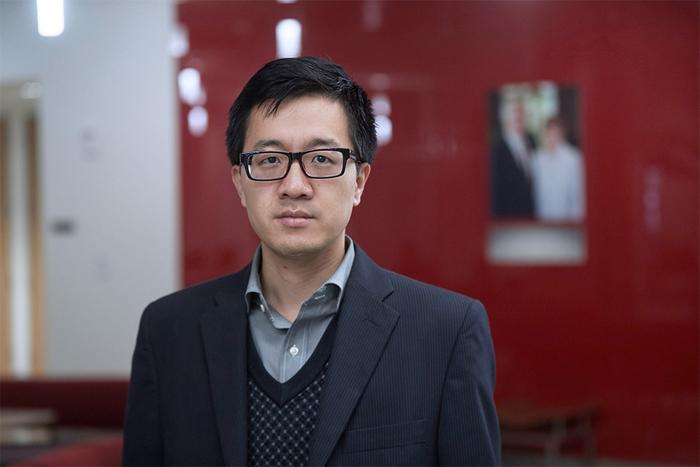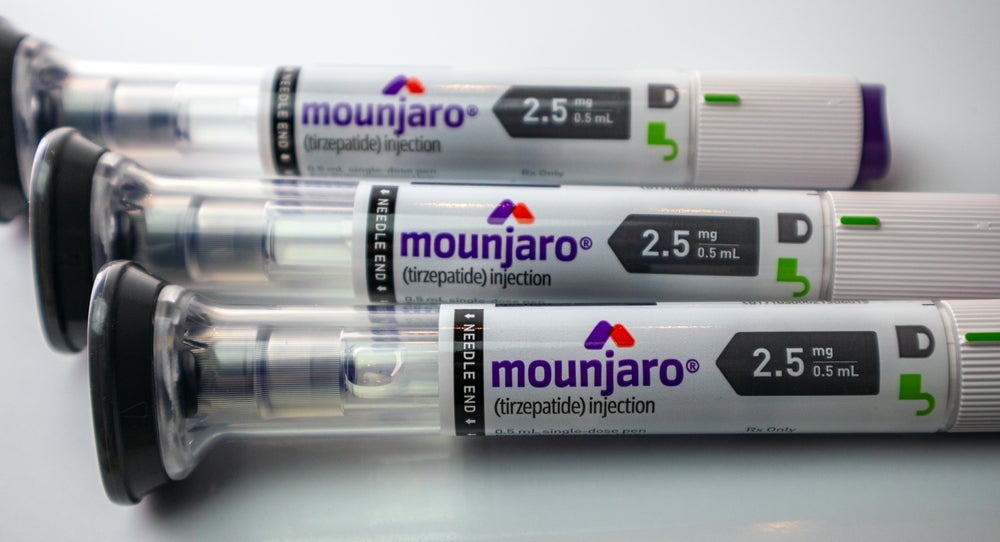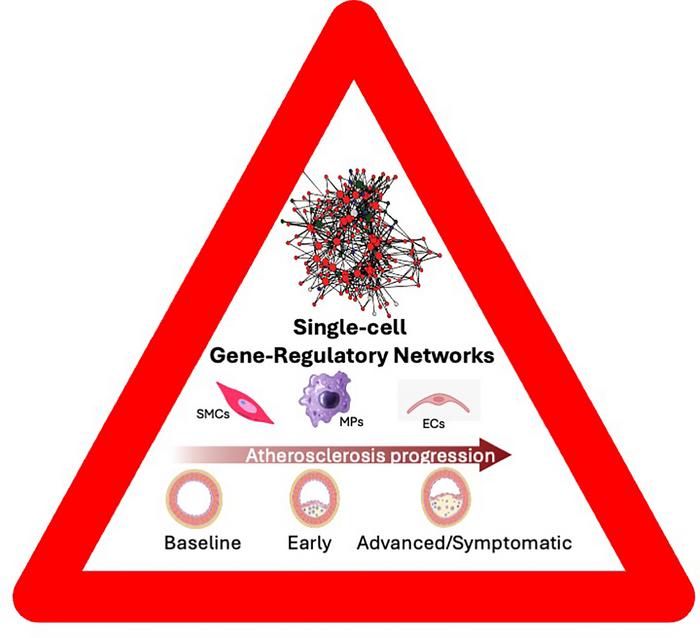University of Oklahoma engineer receives NSF CAREER Award to advance gas sensing technologies
NORMAN, OKLA. – Binbin Weng, Ph.D., an engineering professor at the University of Oklahoma, has been awarded a National Science Foundation CAREER Award presented to early-career faculty with the potential to serve as academic role models in research and education. The $497,370 grant will fund his project “Enabling New States of Light in Mid-Wave Infrared […]

NORMAN, OKLA. – Binbin Weng, Ph.D., an engineering professor at the University of Oklahoma, has been awarded a National Science Foundation CAREER Award presented to early-career faculty with the potential to serve as academic role models in research and education. The $497,370 grant will fund his project “Enabling New States of Light in Mid-Wave Infrared Photonics for Gas Sensing Applications.”

Credit: University of Oklahoma
NORMAN, OKLA. – Binbin Weng, Ph.D., an engineering professor at the University of Oklahoma, has been awarded a National Science Foundation CAREER Award presented to early-career faculty with the potential to serve as academic role models in research and education. The $497,370 grant will fund his project “Enabling New States of Light in Mid-Wave Infrared Photonics for Gas Sensing Applications.”
Weng says there is a growing demand for distributed gas sensing networks capable of continuously monitoring gas threats on a broad scale. However, current technologies face significant challenges in size, power consumption and cost-effectiveness, hindering their widespread adoption in modern sensor network scenarios.
“My research focuses on developing gas sensors, crucial for monitoring environmental hazards, safeguarding human health and securing infrastructure. Take Oklahoma, for instance, where oil and gas production leads to unavoidable methane leakage, contributing to greenhouse gas emissions. Addressing this issue requires continuous monitoring, as large leaks occur intermittently. Current solutions, like expensive handheld devices or infrequent satellite scans, are inadequate. A more effective, continuous monitoring approach is needed,” Weng said.
The CAREER award expands on Weng’s existing Department of Energy-funded research that focuses on enhancing the detection and mitigation of methane and natural gas emissions. OU researchers have devised a high-performance mid-infrared phototonic sensing solution for establishing a scalable, ongoing monitoring network for methane emissions in the Anadarko Basin, an oil and gas production basin in the United States.
Building on these advancements, Weng has set three main objectives for his latest research grant. He hopes to improve mid-wave infrared lights by using special control techniques through a scientific method known as active resonant grating. The technique is designed to make the lights work more effectively and produce more power efficiently, he says. Additionally, Weng plans to use a cheaper, more straightforward method to create better materials for infrared cameras in gas sensing networks. The improved materials will make the cameras work even better without needing extra cooling. Weng’s work also entails designing special pathways for sensing gases on computer chips. These pathways will help to solve some problems with how the chips detect gases, like when the chip’s structure isn’t perfect or when it is hard to make the chip exactly as needed.
To receive a CAREER award, recipients must give back to the community. Weng plans to use his award to aid STEM education, particularly for rural teachers. His outreach program will involve undergraduates, especially minorities, in photonics research. Learn more about Weng’s laboratory.
###
Photo Cutline:
Binbin Weng, Ph.D., an assistant professor in the Gallogly College of Engineering at the University of Oklahoma, has been awarded a National Science Foundation CAREER Award to study gas sensing technologies.
About the project:
The project, titled “Enabling New States of Light in Mid-Wave Infrared Photonics for Gas Sensing Applications,” began March 1, 2024, with funding expected through Feb. 28, 2029. The project is jointly funded by the National Sciences Foundation’s Electrical, Communications and Cyber Systems division and the Established Program to Stimulate Competitive Research as part of award #2340060.
About the University of Oklahoma:
Founded in 1890, the University of Oklahoma is a public research university located in Norman, Oklahoma. As the state’s flagship university, OU serves the educational, cultural, economic and health care needs of the state, region and nation. OU was named the state’s highest-ranking university in U.S. News & World Report’s most recent Best Colleges list. For more information, visit www.ou.edu.
What's Your Reaction?


































